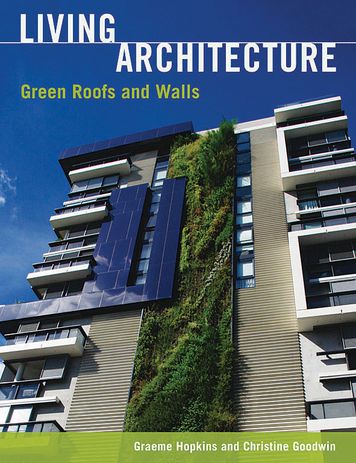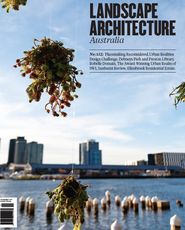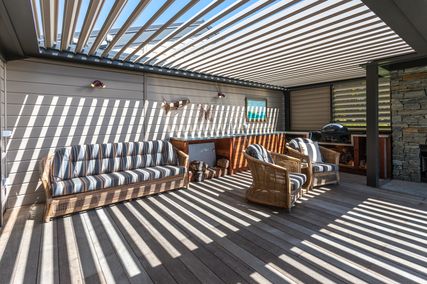
Living Architecture: Green Roofs and Walls by Graeme Hopkins and Christine Goodwin.
Published by the CSIRO and written by Australian landscape architect Graeme Hopkins and architect Christine Goodwin, who make up South Australian firm Fifth Creek Studio, Living Architecture must be one of the first books to highlight green roof and living wall projects in Australia and New Zealand.
The book is divided into practical chapters that explore the entire green roof and wall process – from the overall international context to the benefits and drivers of this type of architecture, the design principles behind it and local case studies. It then explores specific planting lists, the challenges of climate change and the role of government in a highly illustrative and experiential way.
More than forty Australian and New Zealand green roof and wall projects are studied, from parks, salons and residential rooftops to airport lounges, zoos and civic centres. This is an important book for landscape architects to have on their shelves, especially for those entering this burgeoning world of “living architecture.” It is as much a collection of green projects as it is a manual in their design and a hawker for their environmental credentials.
Graeme Hopkins and Christine Goodwin, CSIRO Publishing, paperback, 2011, 296 pages. RRP $84.95.
Source

Discussion
Published online: 28 Mar 2012
Words:
Cassie Hansen
Issue
Landscape Architecture Australia, November 2011














